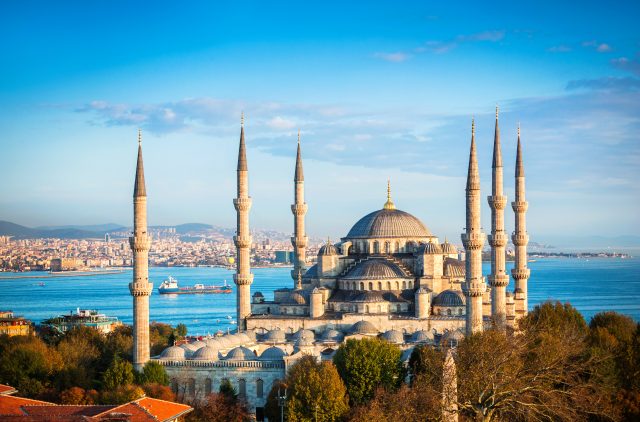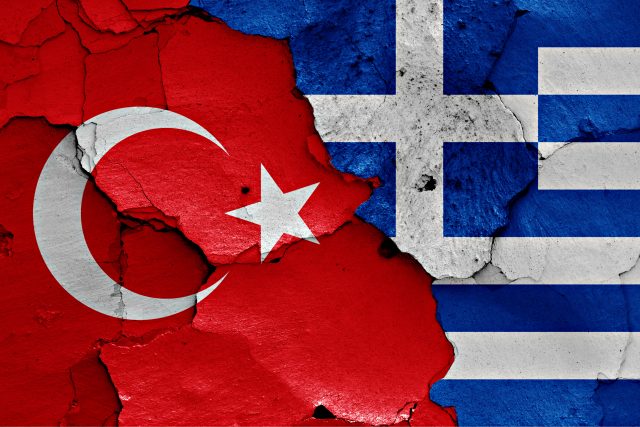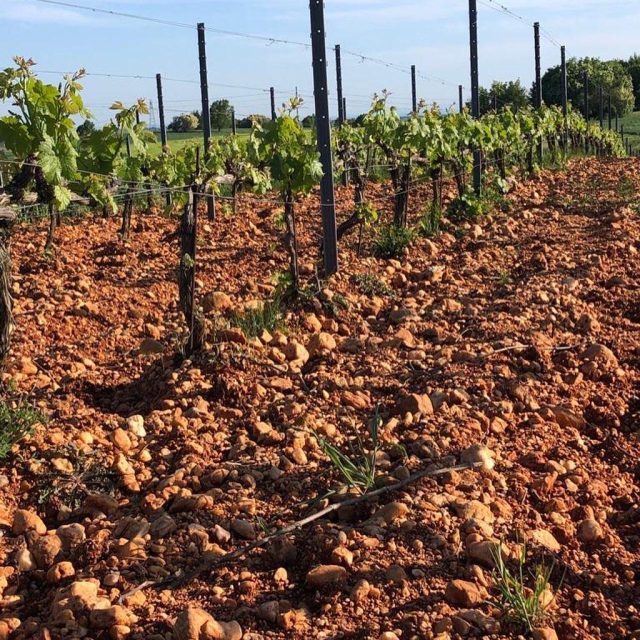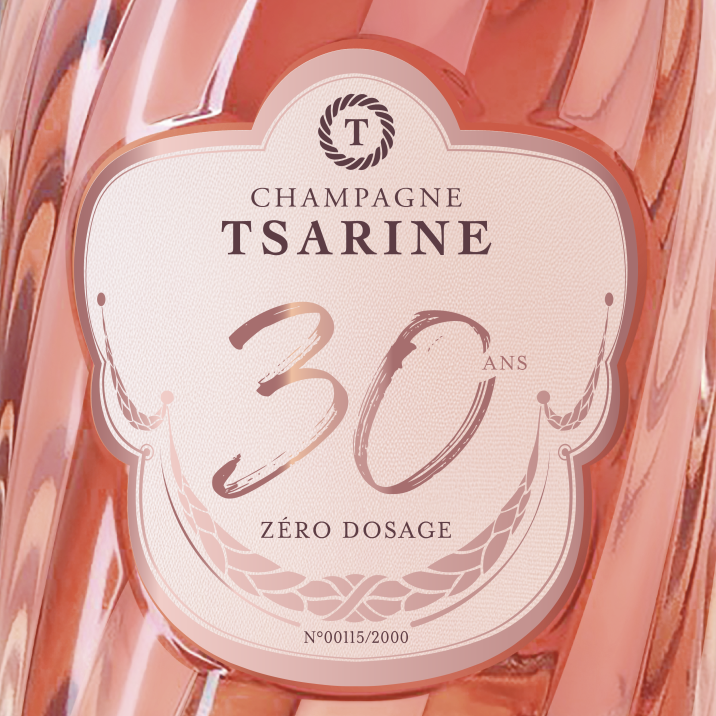Turkey: Renewal of a great wine region
With the quality of Turkish wines increasingly recognised, db talks to the CEO of Chamlija Wines about the region’s complex history of winemaking.

In this year’s edition of the Master Winemaker 100 book, the drinks business awarded our overall best Cabernet Sauvignon to Mustafa Camlica from Chamlija Wines.
Chamlija Wines have entered the Global Masters blind tasting series for many years and have consistently scored highly, not just for its Cabernet Sauvignon but also for Chardonnay, Riesling, Sauvignon Blanc and Pinot Noir.
Turkey is a large country with a varied geography and climate, and produces a wide variety of the major international and more niche indigenous grape varieties.
Chamlija’s primary zone of production is on the European side of the Bosphorous in Eastern Thrace (Doğu Trakya), and more specifically the area of Buyukkaristiran in Kirklareli (Kirkkilise, Forty Churches during Ottoman times), which lies around 120km west of Istanbul.
These days, the ancient region of Thrace is split between Bulgaria, Turkey and Greece.
The Kirklareli region shares the Strandja Massif mountain range with its neighbour Bulgaria to the North. It looks like a region that has been designed by a winemaker to have ideal topography, soils and climate for winemaking. There are decayed, red limestone soils at varying altitudes, and average temperatures and diurnal ranges differ considerably within a very close geographical area.
The region has a treble maritime influence coming from the Black Sea, Sea of Marmara and the Aegean, which helps to create high humidity and therefore low transpiration rate, resulting in less need for irrigation. In fact, Chamlija does not irrigate at all. The soil is soft and holds the moisture well.
Population density in the vineyards is quite low and Chamlija has been able to continually add sites for new plantings. Other producers have noticed the great results that Chamlija has been getting, including major brand Kavaklidere, and have started planting new vineyards in the region.
No surprise
It is no surprise that this new wave of viticulture is doing so well, as there is a long historical record of successful winemaking in the area to strongly suggest that success could be expected.
In the ancient Greek world, the many and various co-existing tribes of Thrace were in a highly advantageous trading position in control of the Bosphorous and the riches of the Black sea and beyond to the North right through the Don River trading network, and South through the Aegean and wider Mediterranean.
Aside from the obvious location advantage, Thracian wine itself also had an excellent reputation for high quality and was traded far beyond the region itself.
More recently, the area around Kirklareli where Chamlija is based today, was the Ottoman Empire’s most important wine production region and had more than 7,000 hectares under production in the 19th century. There is clear documentary evidence from that era that the wines were highly rated by the French wine trade and government, and were imported on a large scale during the time when phylloxera took hold in France.

So what happened to wine production in the region between then and now?
In the 20th Century, the Ottoman Empire continued to fray and fragment, and at one point after the 1912 Balkan War the Kirklareli region fell to the Bulgarians. The Bulgarian name for the now Turkish town of Kirk Kilisse was in fact Lòzengrad , which means Vineyard Town.
After the First World War, the region was given to Greece under The Treaty of Sèvres.
The Turkish Government reclaimed the region in 1922, a move that was formally recognised by international powers in 1923.
A few months earlier, Greece and Turkey signed the Convention Concerning the Exchange of Greek and Turkish populations, which was designed to transfer ethnic Turks and Greeks to within the new borders of the two countries. More than two million people were uprooted from communities where their families may have lived and worked for centuries and involuntarily moved to places where they had no previous history, property or livelihoods.
This was a cataclysmic historical and social fracture and in effect tore winemaking families from their winemaking terroir and traditions and replaced them with people with no knowledge, interest or incentive to make wine.
The exchange was also highly asymmetric with far fewer people coming into rural Eastern Thrace than going in the opposite direction.
This depopulation was then further amplified after World War Two when the Soviet Union took the countries of Eastern and Central Europe into their sphere of influence behind the iron curtain.
The Turkish government did not wish to pursue policies to invest and repopulate what would have turned into a battle line if the cold war were to have become a hot war, viewing the area as a potential buffer zone.
Partner Content
A population exchange in 1923 population triggered an abrupt termination in wine production, apart from the odd individual making wine to drink at home. No wine was made on a commercial basis in a region that could not be better suited to the making of wine, and had thousands of years of history in viticulture on a substantial scale.
Over the years the vineyards were re-planted with other crops and until recently it was as if the territory had never been a wine region at all.
From farming to fine wine
Mustafa Chamlija was born and raised in the area, though his family had taken its own journey historically from the Bulgarian side of the border.
He had a successful career heading up international accountancy firms such as Arthur Andersen, Ernst&Young and PriceWaterHouse Coopers, and was an industry leader in the 1980s and 1990s when Turkey was working with international finance to rapidly improve the country’s infrastructure.
His father had been a farmer and Mustafa never forgot the quality of the land and climate in his own region, and as he had the opportunity to travel and develop an interest in the great wines of Bordeaux, Burgundy and elsewhere, he started to ask questions of the people he met in these famous wine regions concerning soil type, and the ideal climate for different grape varieties.
He became convinced over time that everything needed for the production of great wine was available in his home region, as underlined by the area’s long history of winemaking in earlier times.
As soon as he was able to put the funding in place, he left accountancy behind and started to purchase his first sites and plant vineyards.
Chamlija has micro-climate stations in many of its individual plots that connect to a global network of vineyards across the world, so the viticulturalists can track their climatic data in both real time and over the long-term. The comparisons continue to prove that Chamlija has as favourable a set of conditions for making wine as anywhere in the world.

The sites that Chamlija has in its core area of production range from elevated plots with large limestone rocks, fossils and shells, through to very fine and soft red decayed limestone soils on the sites of old river beds, which sit on top of a prehistoric seabed.
This access to a wide range of terroirs within a relatively small geographic area, gives Chamlija the ability to produce very specific expressions of a range of grape varieties. But in particular, he has ideal sites for Cabernet Sauvignon and his high results in the Cabernet Sauvignon Masters blind tasting competition over a number years serves to underscore that.
Chamlija continues to plant in more sites, and with the likes of Bordeaux now allowing Touriga Nacional plantings in the denomination, he has also planted a plot of this grape too.
More producers are sure to follow Chamlija in planting here, and the story of renewal is only just beginning. If you have not already heard that the Kirklareli region has the potential to once again be one of the world’s great wine producing regions then you heard it here first.
If you are in London and want to try a range of Chamlija wines, a good selection is available at the Trivet restaurant, created by their world-renowned Sommelier Isa Bal.
Related news
'Rare buying opportunities' as fine wine prices hit a five-year floor




